Solar wind interaction with Earth
Solar wind, a stream of charged particles (primarily protons and electrons, with a few percent of alpha particles), impinges on Earth with flow velocities of about 400 km/s. Considering that low-frequency wave propagation speeds in the respective plasma medium are a few tens of kilometers per second, the solar wind flow is highly supersonic. However, the Earth's magnetic field prevents the solar wind from getting too close. A pressure balance between the dynamic pressure of the solar wind and the magnetic field pressure of the Earth's magnetic field is achieved at a boundary called magnetopause. It is a boundary between the Earth's magnetosphere and the region occupied by the solar wind plasma and the interplanetary magnetic field, i.e., the farthest place where the terrestrial magnetic field reaches. Generally, the location of the magnetopause is not stable, but it moves depending on many different factors, most importantly due to the variations in the incoming solar wind. Considering that the solar wind speed is vastly supersonic, an additional boundary ("bow shock") is formed upstream the magnetopause, where the solar wind is abruptly slowed down and heated. The region between the bow shock and the magnetopause, filled with this slowed and heated solar wind plasma, is called magnetosheath.
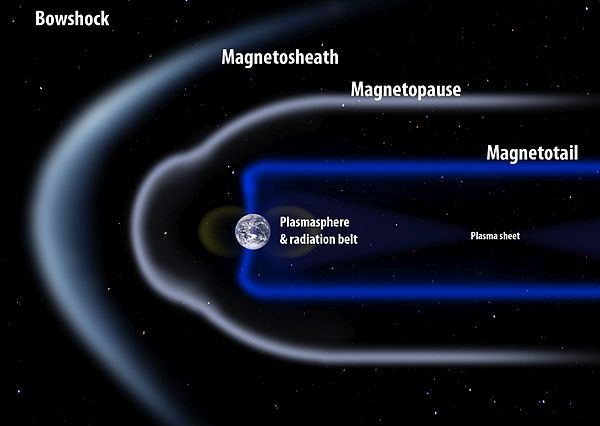
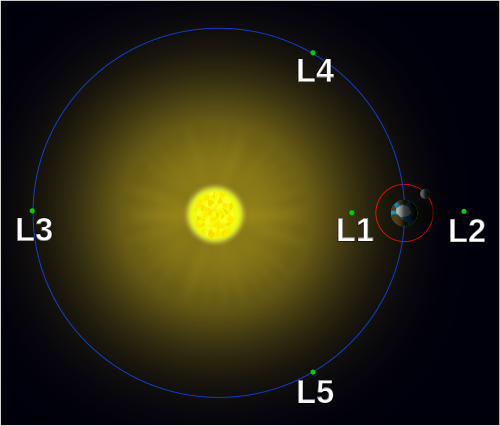
A major focus of our research group is to use in-situ measured satellite data in the vicinity of magnetopause and bow shock to better understand the variation of their locations, shapes, and properties on the state of the incoming solar wind. This is determined based on spacecraft monitoring solar wind properties at Lagrangian L1 point, maintaining the same relative position with respect to the Sun and Earth.
Turbulence in the solar wind
The plasma environment of the solar wind exhibits various phenomena and fluctuations at different spatial scales. At sufficiently large spatial scales, a magnetohydrodynamic (MHD) approximation, describing the plasma as a magnetized fluid, can be effectively employed. At smaller scales, however, one needs to consider kinetic effects related to individual charged particle movements in complex electromagnetic fields. The solar wind environment, along with available in-situ plasma and magnetic field measurements, represents a unique natural laboratory to study relevant turbulent phenomena. It turns out that an energy cascade is formed, transferring the energy from larger to smaller spatial scales, and ultimately resulting in the plasma heating. We focus on using solar wind plasma measurements with unprecedented sampling frequency to understand experimentally the transition between individual characteristic scales.
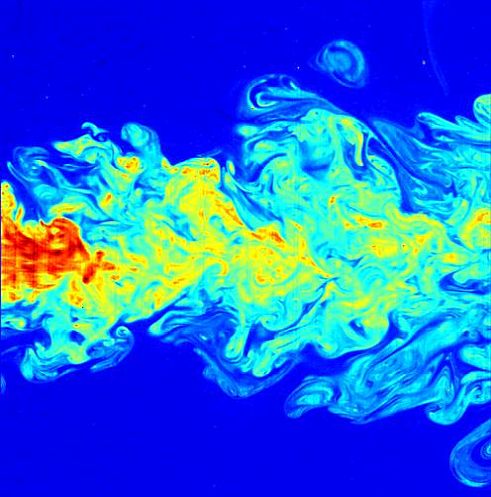
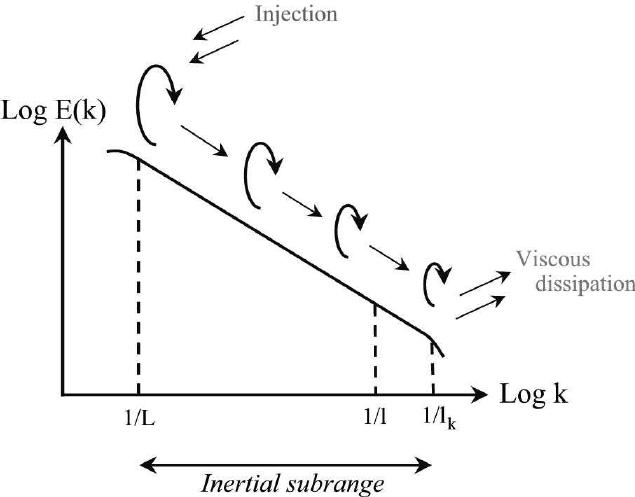
Electromagnetic waves in the Earth's magnetosphere
Electromagnetic waves play a key role in the energy transfer in the collisionless plasma environment of the Earth’s inner magnetosphere. Specifically, they are responsible both for the energization and losses of energetic particles trapped in the Van Allen radiation belts, controlling ultimately the trapped particle fluxes. These waves are observed over a wide range of frequencies, from less than 1 Hz up to a few MHz. We focus in particular on the analysis of waves in the extra low frequency / very low frequency ranges (ELF/VLF, frequencies from about 3 Hz to 30 kHz). The waves in this frequency range can interact with energetic particles in a particularly effective way, because their frequencies are not too far from the ion/electron cyclotron frequencies in respective interaction regions. Moreover, the ELF/VLF range is adequately covered by recent spacecraft instrumentation, allowing for extensive experimental studies.
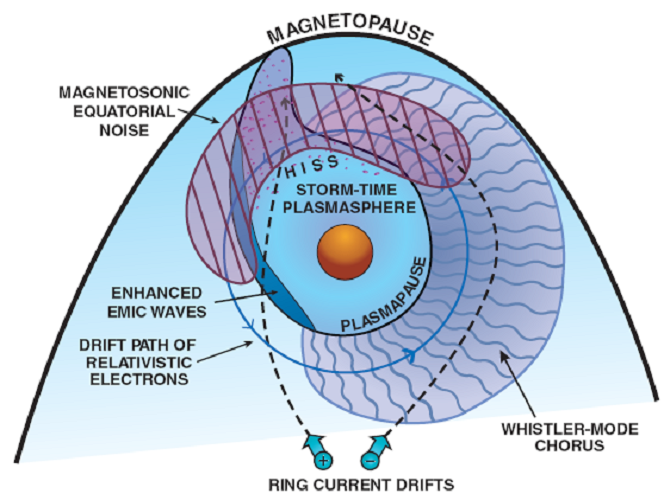
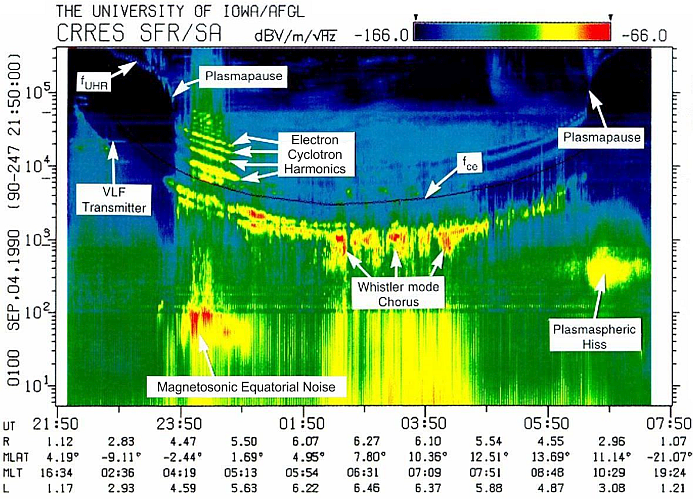
We focus on the experimental analysis of various wave phenomena (natural chorus and hiss emissions, lightning generated whistler waves, waves generated artificially by VLF transmitters and power line harmonic radiation). Our aim is to understand their properties, propagation patterns throughout the Earth’s magnetosphere, and generation mechanisms. Multicomponent multipoint observations are often used to analyze spatiotemporal variability of the observed phenomena.
Space environment around Mars
Martian interaction with the solar wind is fundamentally different than in the case of Earth, as it does not possess a global magnetic field. However, it has a conductive ionosphere, and the magnetic field induced therein due to the draping of the interplanetary magnetic field around the planet effectively prevents the solar wind from getting in its very vicinity. Additionally, the weak crustal magnetic fields may have localized effects further complicating the interaction. The dayside ionosphere of Mars is formed primarily due to the photoionization by incoming solar radiation. The main source of the nightside ionosphere is, apart from the plasma transport from the dayside, the ionization caused by precipitating energetic particles. It is significantly patchier and to a large extent controlled by a configuration of crustal magnetic fields.
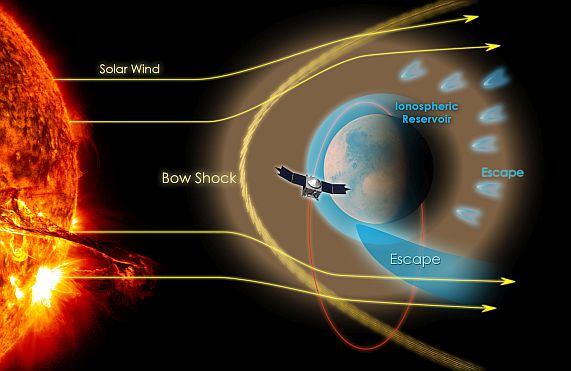
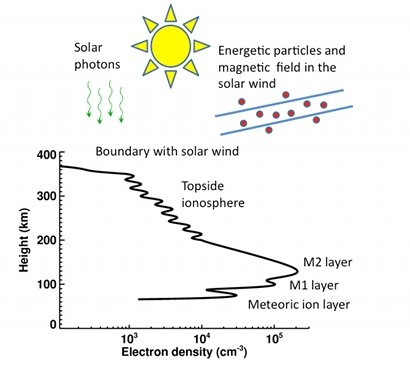
We focus on the experimental analysis of the plasma and electromagnetic environment of Mars, using both in-situ measured and radar sounding data. A special attention is paid to characterizing the ionospheric electron densities and understanding the role played by the remnant crustal magnetic fields in the global interaction of the solar wind with the planet.
Dust charging and detection in space
A significant portion of matter in space has a form of dust particles with sizes from a few tens of nanometers to several micrometers. These are found in the interplanetary and interstellar space, in cometary tails, rings of large planets, and on surfaces and atmospheres of planets and moons. These dust particles are most often formed by ice, graphite, carbide, silicon, and various glass forms. Various processes act to charge these grains to significant potentials, and electrostatic and electromagnetic forces can thus considerably affect their overall dynamics.
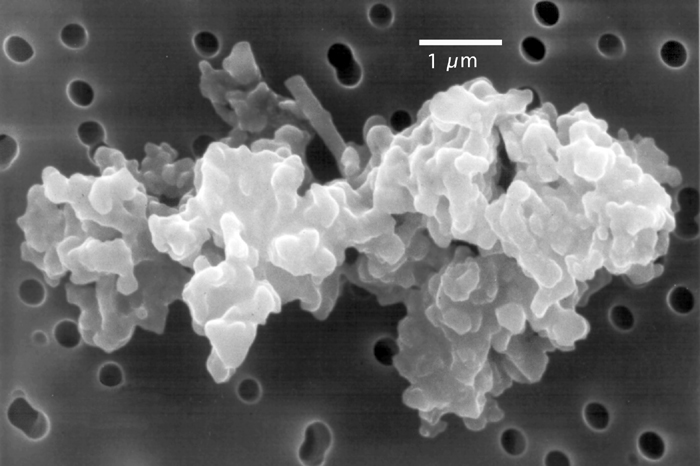

We perform laboratory measurements and simulations to understand basic charging characteristics of dust particles, benefiting from a unique apparatus capable of trapping and analyzing a single dust grain. We further investigate dust occurrence and possibilities of dust detection in space, using electric signals induced by dust impacts on electric antennas and/or spacecraft body.
Development of instruments for satellite missions
Our group has a long history in development and construction of instruments for scientific spacecraft missions. A short itemized list of the satellites and individual instruments that we worked on is listed below, from the most recent ones back to more than 60 years ago.
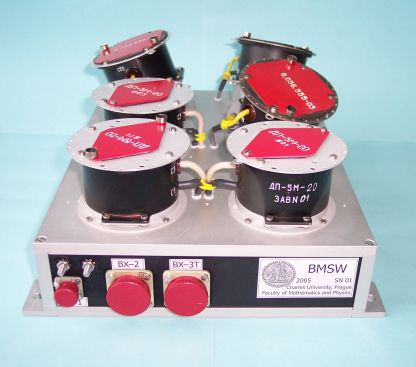
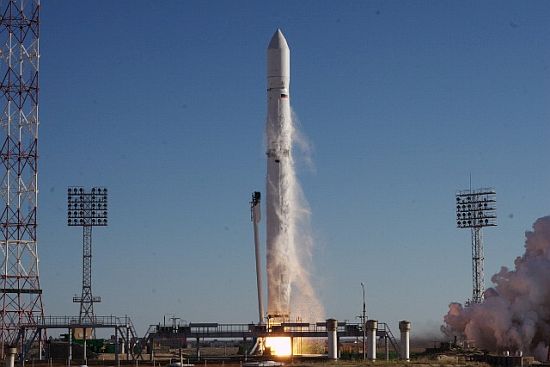
2023 - JUICE (Jupiter Icy Moons Explorer)
2020 - Solar Orbiter (electronics and detector board for the Proton-Alpha Sensor (PAS) block belonging to the Solar Wind plasma Analyser (SWA) instrument)
2018 - BepiColombo
2011 - BMSW instrument (fast solar wind monitor on board the Spektr-R spacecraft)
1996 - Mars 96 probe (complex ion spectrometer)
1996 - multispacecraft constellation: Interball Auroral, Prognoz 12, MAGION 5: MONITOR 3 (complex measurement of solar wind parameters; VDP (accurate measurement of ion flux), MPS (electron and ion energetic spectra), VDP-S (ion flux), EPS (electron and ion energetic spectra), VDP-S (ion flux))
1995 - multispacecraft constellation: Interball Tail, Prognoz 11, MAGION 4: MONITOR 3 (complex measurement of solar wind parameters; VDP (accurate measurement of ion flux), MPS (electron and ion energetic spectra), VDP-S (ion flux), EPS (electron and ion energetic spectra), VDP-S (ion flux))
1991 - Apex instrument on board the Magion 3 spacecraft (active experiment in the magnetosphere)
1989 - Active instrument on board the Magion 2 spacecraft (first active experiment in the magnetosphere)
1988 - Interplanetary probes FOBOS 1 and FOBOS 2 (solar wind density and velocity vector)
1985 - BIFRAM (complex measurement of solar wind parameters), AKME (detection of high energy ions), DOR (electron monitor), BROD (central processing unit), TP 3 (high energy ion spectrometer) instruments on board Prognoz 10
1980 - Plazmag (energetic spectrum of solar wind ions) and Monitor (fast measurement of solar wind parameters) on board Prognoz 8
1978 - Plazmag (energetic spectrum of solar wind ions) and Monitor (fast measurement of solar wind parameters) on board Prognoz 7
1976 - PG1b instrument for the INTERKOSMOS 17 spacecraft (contract with Institute of Experimental Physics), EMA and ESA instruments (contract with Astronomical Institute), devoted to study low energy magnetospheric plasma
1973 - PG1b instrument for the INTERKOSMOS 13 spacecraft (contract with Institute of Experimental Physics), EMA and ESA instruments (contract with Astronomical Institute), devoted to study low energy magnetospheric plasma
1971 - PG1a instrument for the INTERKOSMOS 5 spacecraft (contract with Intitute of Experimental Physics)
1970 - PG1 instrument for the INTERKOSMOS 3 spacecraft (contract with Intitute of Experimental Physics); first instrument built at the faculty, devoted to the analysis of radiation belts
1967 - development and construction of instruments in the INTERKOSMOS program framework (contracts with institutes of the Czech Academy of Sciences)
